This Jaguar E-Type has been built to “Semi-Lightweight” specification by XK Engineering, it’s powered by an all-alloy Crosthwaite & Gardiner 3.8 liter straight-six that’s good for 380 bhp, and it’s now ready for historic motorsport on the national or international stage.
The E-Type is a car that became a legend in its own lifetime, while the special Lightweight and Semi-Lightweight racing versions have gone on to become some of the most desirable British classics in history.
Fast Facts – A Semi-Lightweight E-Type
- While the term “semi-lightweight” may sound odd, as something is either lightweight or it isn’t, the name actually comes from the fact that Jaguar produced both “full” Lightweight and Semi-Lightweight versions of the E-Type for racing in the 1960s.
- These original Lightweight cars are now exceptionally rare, just 12 Lightweights were built accompanied by only two of Semi-Lightweights. These cars now form the basis that is emulated by E-Type owners who want to modify their cars for serious racing.
- The original road-going E-Type was released by Jaguar at the 1961 Geneva Motor Show and the car caused a sensation. It had independent front and rear suspension, front and rear disc brakes, unitary construction, exceptional good-looks, and it was powered by the Jaguar XK straight-six – an engine that had won the 24 Hours of Le Mans five times.
- The E-Type remained in production from 1961 to 1974 and today it remains Jaguar’s most famous past model.
The Lightweight: Taking The E-Type Racing
When it was first shown to the world at the 1961 Geneva Motor Show it was clear that the Jaguar E-Type had design influenced by the earlier Le Mans winning D-Type, and of course by the E1A and E2A development cars that are today viewed as a missing link between the D-Type and E-Type.
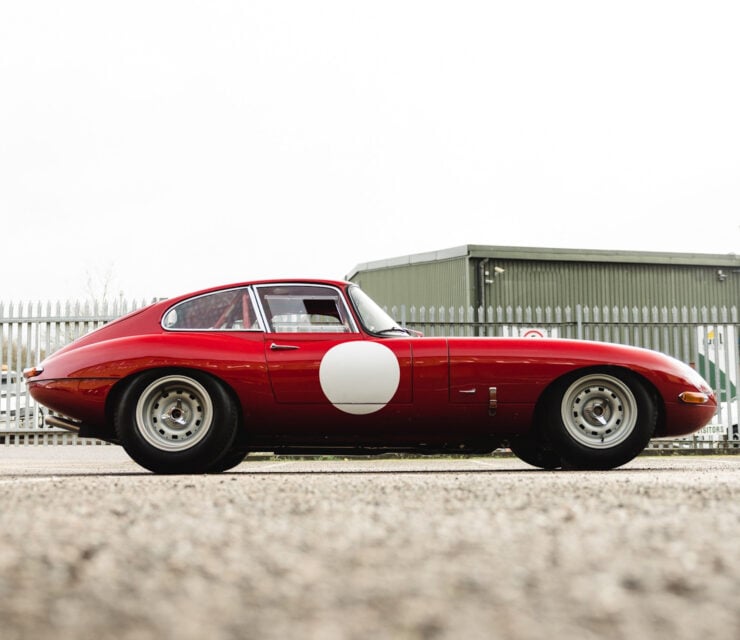
The beautiful side profile of the E-Type coupe is accentuated by the Semi-Lightweight configuration – not to mention those period-correct alloy wheels.
One of the biggest differences between the cars was that the earlier D-Type had been developed solely as a racing car, and the E-Type had been developed specifically as a production car. In the early 1960s when Jaguar decided that should perhaps create some racing versions of the E-Type an in-house project was launched to create a limited run of 18 very special cars – now known as Lightweights.
These E-Type Lightweights were developed with aluminum panels to reduce weight and a special version of the XK straight-six with an aluminum block in place of the original (and significantly heavier) cast iron block.
The cars had any unnecessary body parts left off and they had a smooth body with flowing lines designed for optimal aerodynamics. The original glass windows were removed and replaced with Plexiglass (not including the windscreen), the interiors were stripped away for weight savings, and the windscreen was raked back a little for better airflow.
Ultimately just 12 of the planned 18 cars were made between 1963 ands 1964, they’re now among the most desirable British cars ever made.
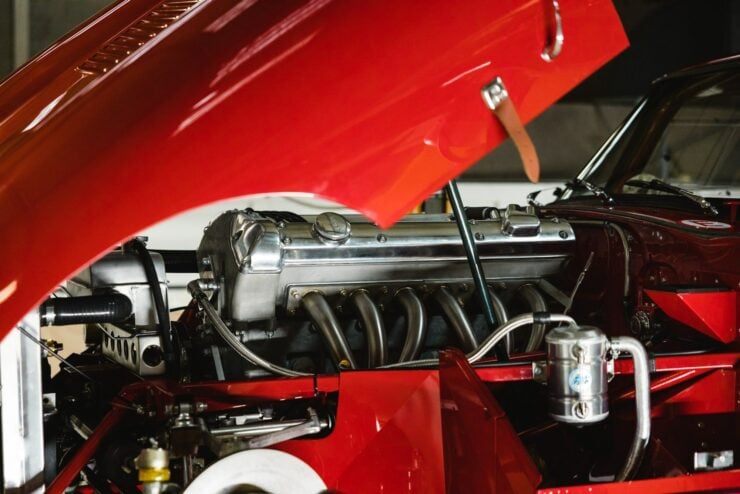
Under the forward-opening hood you’ll find a brand-new Crosthwaite & Gardiner 3.8 liter straight-six capable of a dyno-tested 380 bhp.
In 2014 the Jaguar Special Operations Division began the process of reverse engineering the surviving Lightweights to revisit the past and finally build those six cars that were left out of the first production run – each received its original chassis number and they now change hands for eye-watering sums.
The Semi-Lightweight Is Developed
The Jaguar factory would build only two official examples of the Semi-Lightweight E-Type, one was a right-hand-drive roadster and the other a left-hand-drive Fixed Head Coupe (hardtop coupe).
These cars were less extreme than the full Lightweights, they kept the original steel unibody tub of the E-Type and added an aluminum-alloy hood and boot lid. The engines were significantly uprated and thanks in part to their triple Weber DCO3 twin-choke carburetors they were able to produce 290+ bhp at 5,500 rpm.
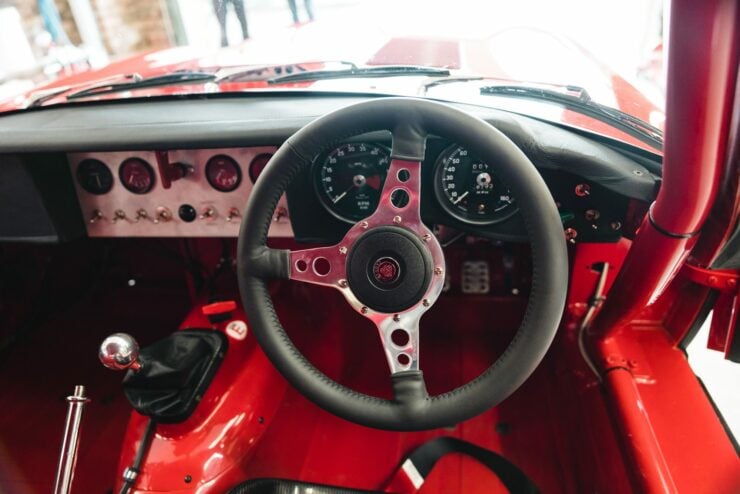
The inside of the car is fully equipped for racing, with a full roll cage, a racing seat, harness, and stripped back interior for low weight.
The Semi-Lightweights also featured stripped back interiors and bodies that were free of unnecessary accoutrements with a focus on aerodynamics. This Semi-Lightweight specification is now a popular choice for E-Type historic race cars as its less extreme than full Lightweight specification and it’s accepted by a number of motorsport governing bodies.
The Semi-Lightweight E-Type Shown Here
The car you see here started life as an original late 1962 right-hand-drive Series 1 3.8 Fixed Head Coupe. It now benefits from a comprehensive rebuild including a body fabricated by specialists RJ Panels and assembled by XK Engineering and featuring aluminum alloy doors, as well as the hood and trunk lid.
Perspex side and rear windows are installed, with the glass windshield staying in place for obvious reasons. The interior is stripped for low weight as you would expect and the car has a full bolted-in historic specification roll cage, a lightweight Tillett racing seat, and a Lifeline harness.
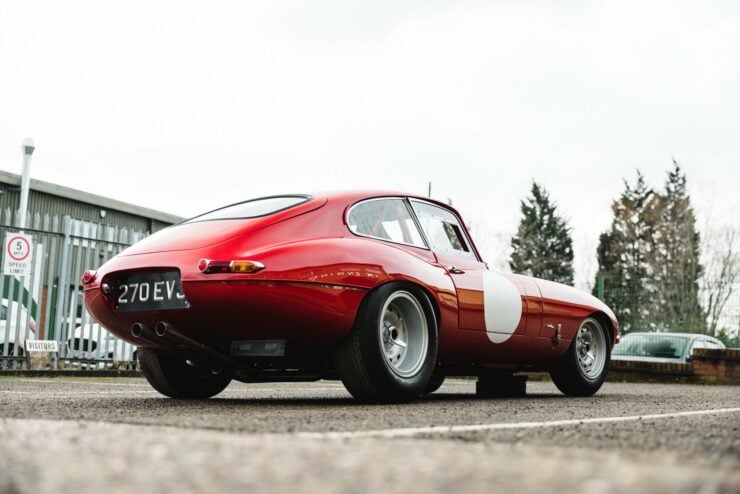
The Lightweight and Semi-Lightweight cars tend to have wider wheels and tires fitted than the standard E-Type – resulting in much fuller wheel arches.
This car its powered by a brand-new 3.8 liter XK straight-six built by historic motorsport specialists Crosthwaite & Gardiner, it has an alloy block and wide-angled alloy head producing a dyno-tested 380 bhp.
Power is sent back through a four-speed manual transmission and into a limited slip differential from Denis Welch Motorsport. The car sits on 15″ 10-hole alloy wheels shod with new Dunlop Racing tires, and it has competition front and rear brake discs, Mk IX Dunlop caliper bodies, dual master cylinders, and front brake cooling ducts.
The car is now being offered in “zero hours” condition ready for vintage motorsport competition on Collecting Cars out of the West Midlands in the United Kingdom. If you’d like to read more about it or register to bid you can visit the listing here.
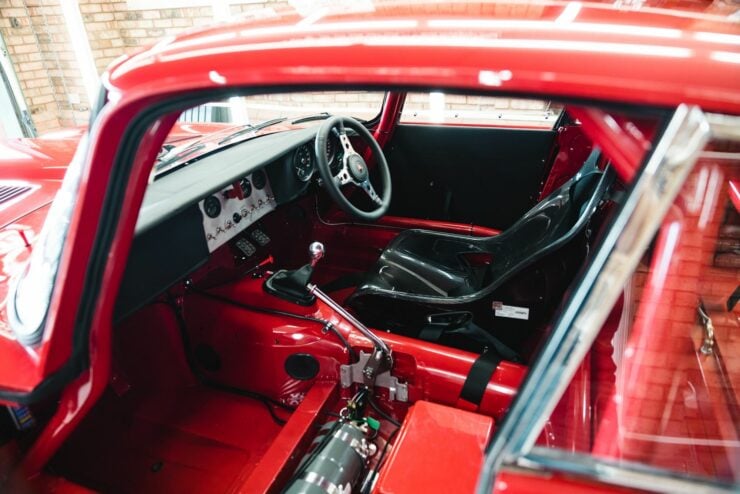
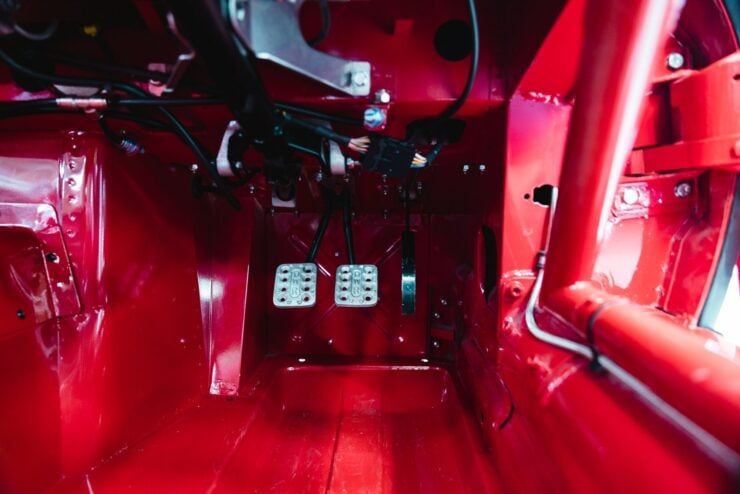
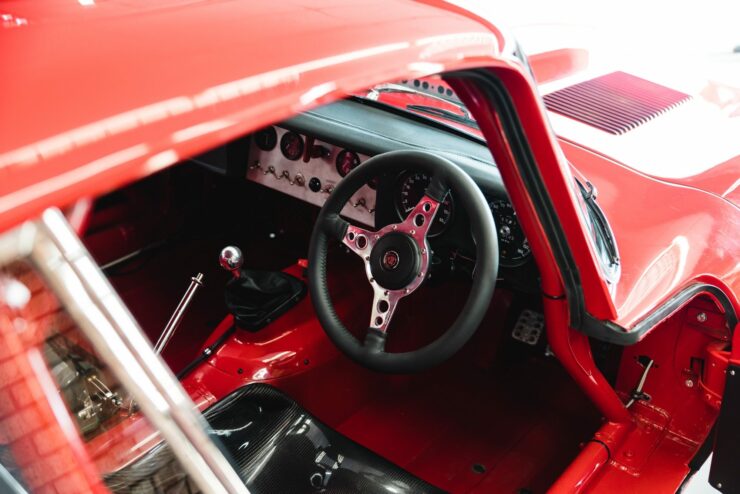
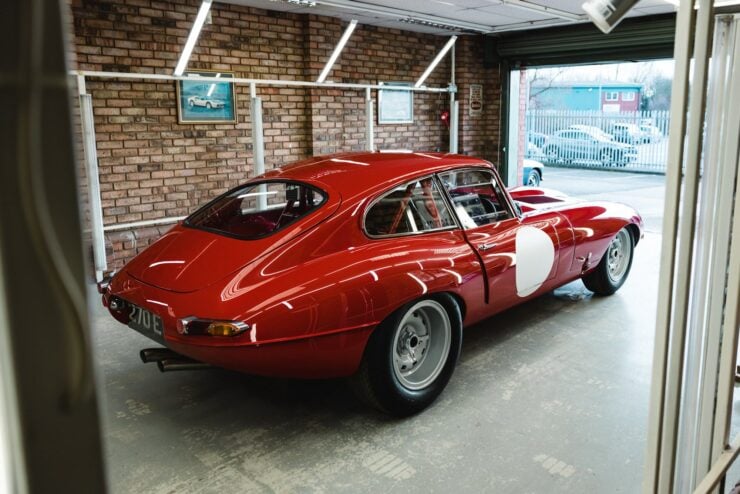
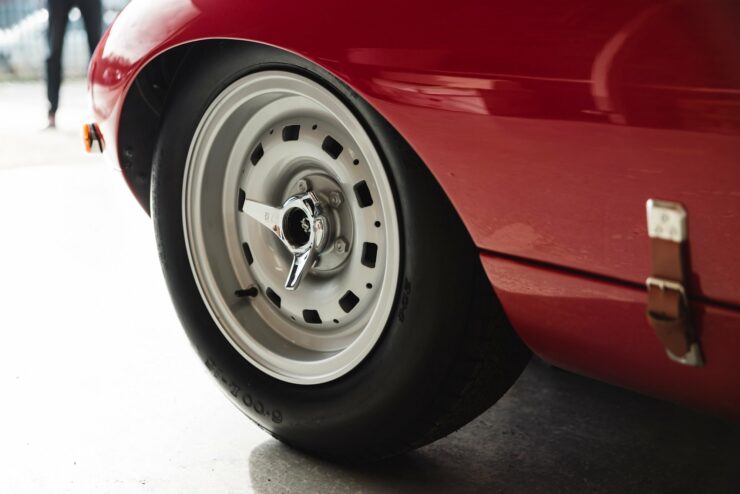
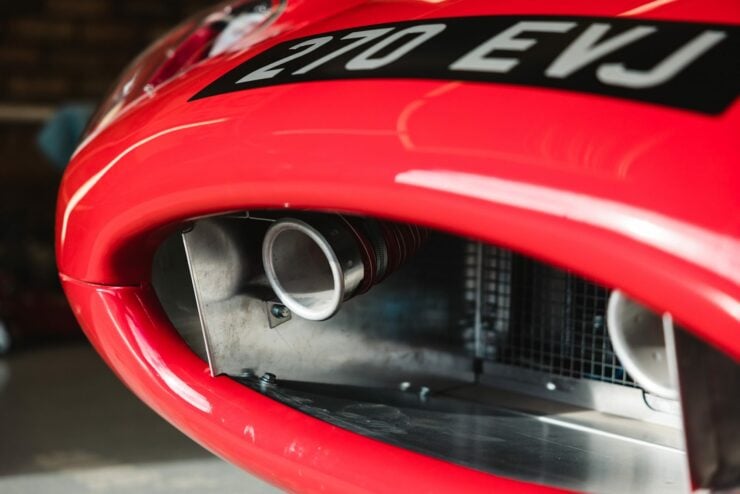
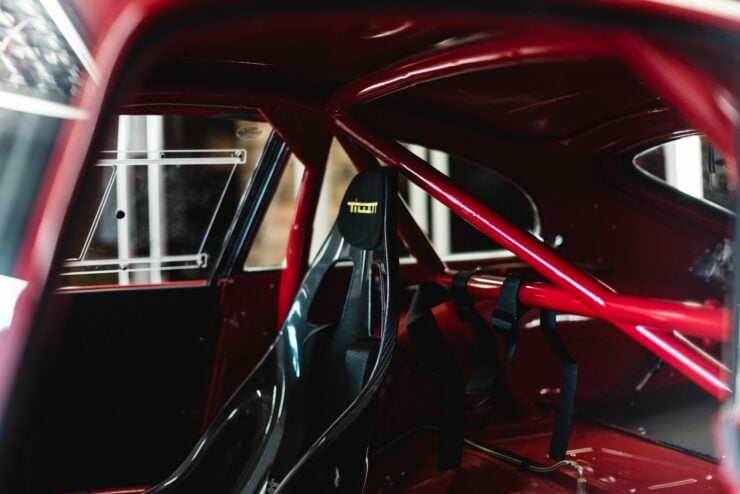
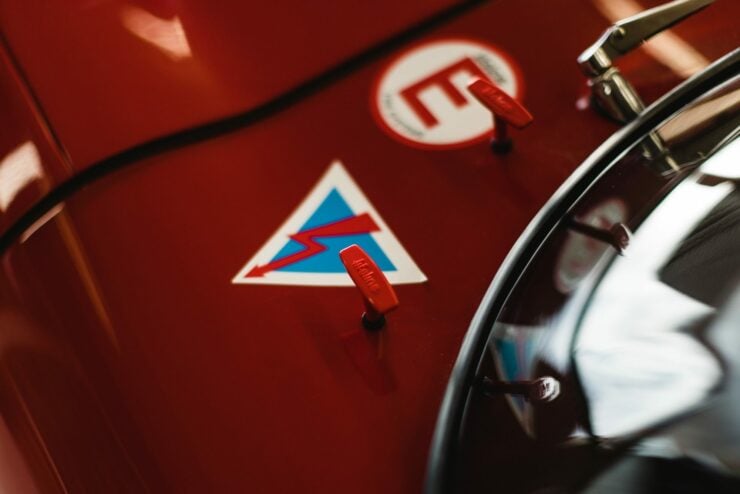
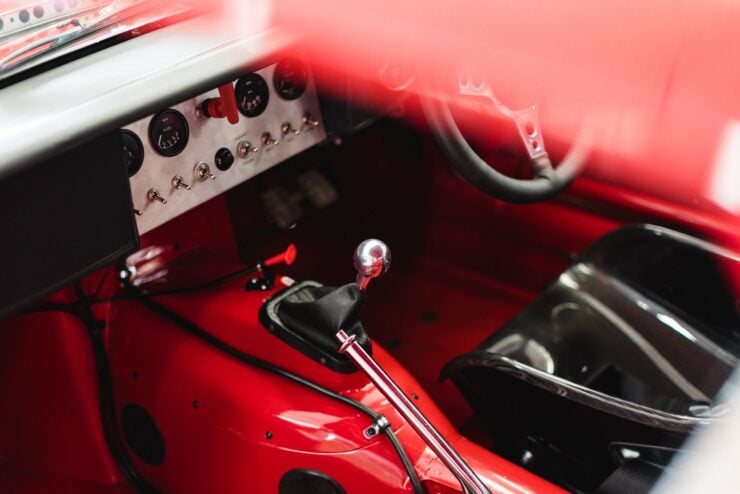

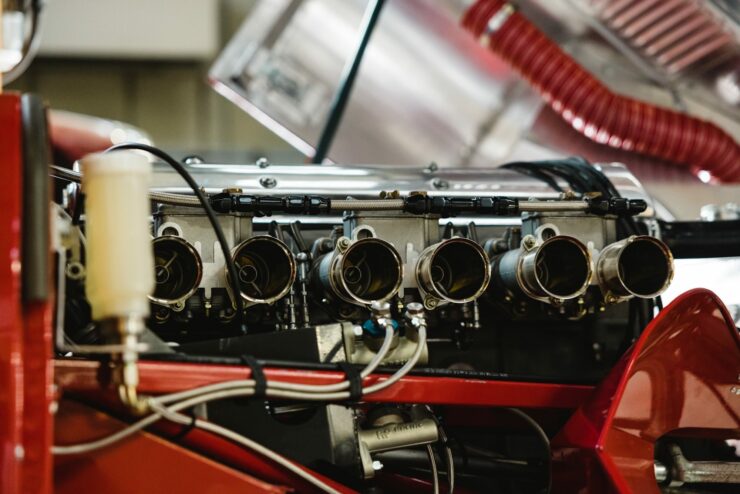

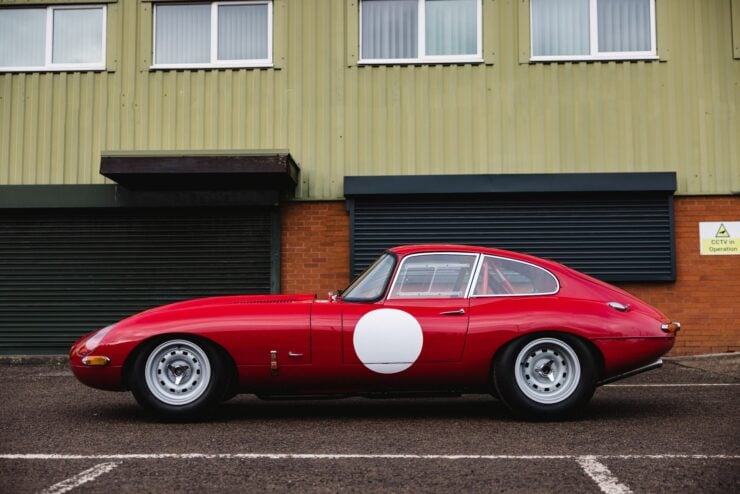
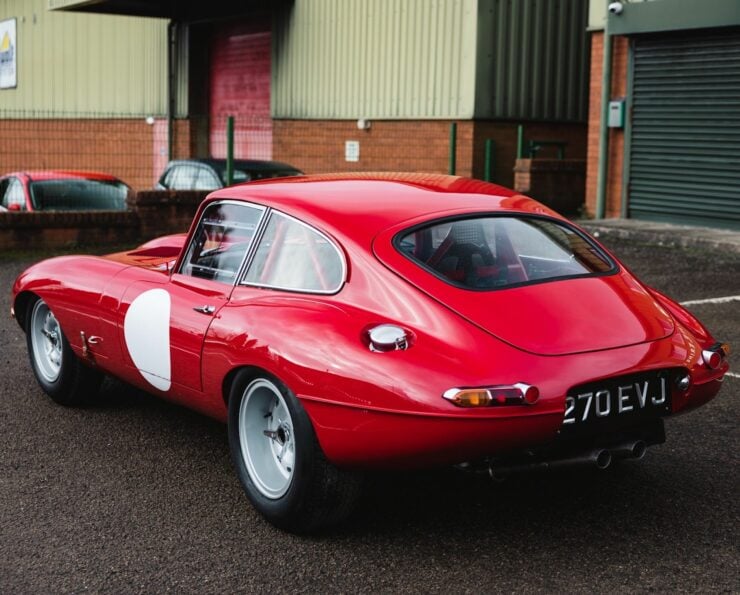
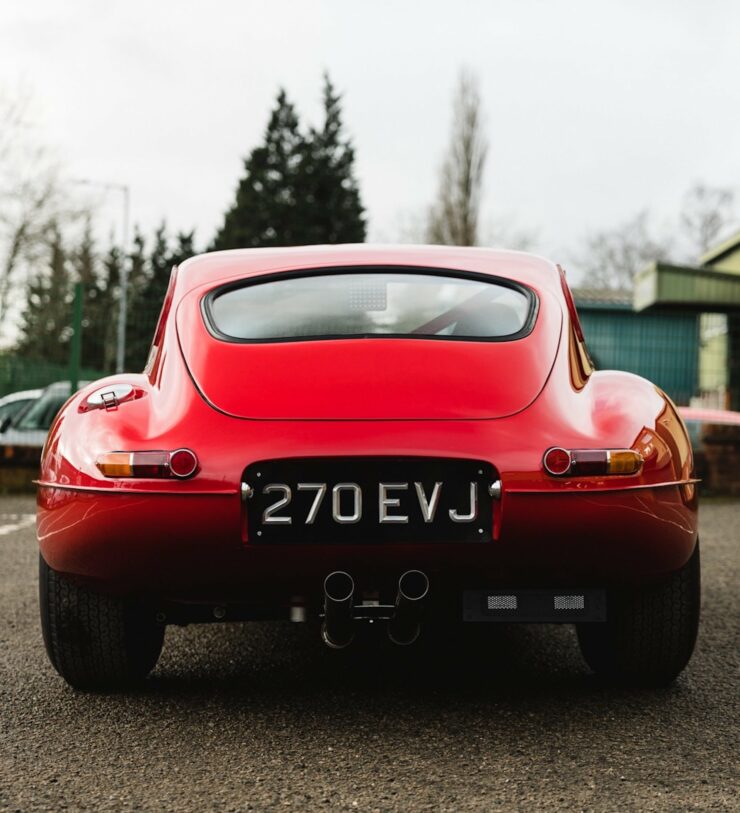
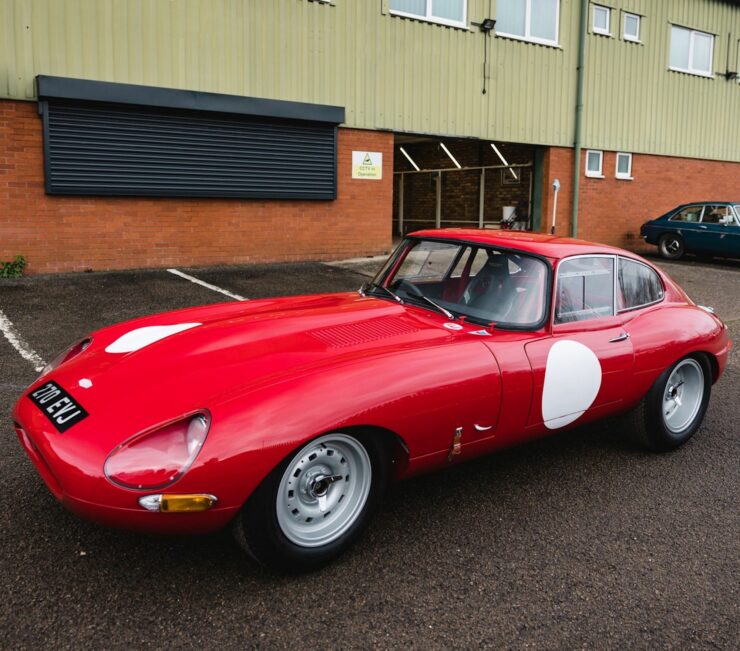

Images courtesy of Collecting Cars
The post Street-Legal Historic Race Car: A 1962 Semi-Lightweight E-Type appeared first on Silodrome.
from Silodrome https://silodrome.com/semi-lightweight-e-type/
via gqrds